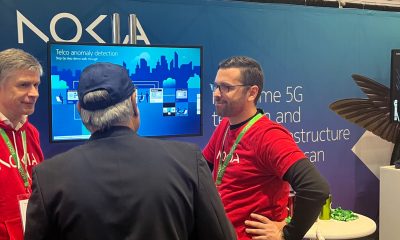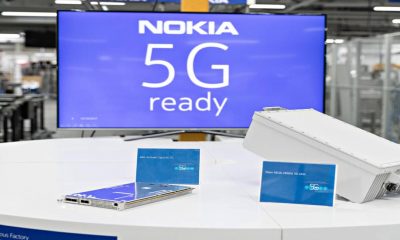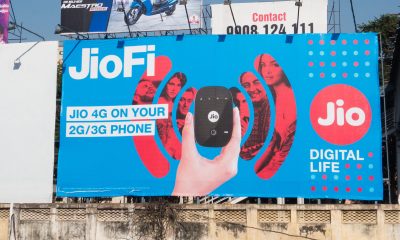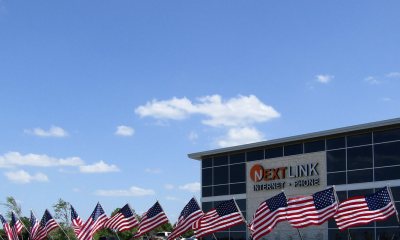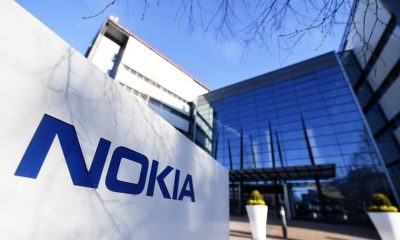4g
Nokia, Orange roll out 4G LTE in Africa

NEW DELHI: Nokia and Orange Middle East & Africa are rolling out a Nokia single radio access network and network management technology across seven African countries in a three-year modernization project to prepare for the launch of 4G services.
To facilitate the deployment Nokia has set up a dedicated West and Central Africa Support Center for Orange.
In one of the largest LTE rollouts in Africa, Nokia will modernize around 11,000 radio sites in Egypt, Ivory Coast, Cameroon, Senegal, Mali, Guinea-Bissau and Niger. Leveraging Nokia’s Single RAN technology and modernization services, Orange will be able to support existing 2G and 3G subscribers while enhancing speeds and coverage as it launches 4G services.
With deployment underway, Orange has already lowered operational costs and launched new 4G services in Egypt, Ivory Coast, Cameroon, Mali, Senegal and Guinea-Bissau. The company is also enhancing 3G service with an average 85-percent increase in throughput, and is experiencing a 90-percent increase in traffic across the seven countries.
From the dedicated Orange support center in the Ivorian capital, Abidjan, Nokia is leveraging its expertise to deliver full set of services, including alarm, performance and configuration monitoring, as well as corrective actions on the radio installed base, while speeding implementation and optimizing the network to ensure more than 60 million Orange subscribers experience consistent high-quality service.
As part of the deal, Nokia Care Services ensure that service level agreements are met, thus ensuring flawless communications. In addition, the Nokia NetAct network management system will allow Orange to maintain network efficiency, stability and performance. The support center will also serve as a gateway for the future introduction of advanced solutions and technologies serving IoT, smart cities and other use cases in Africa.
4g
Vi enhances 4G network coverage for its customers in Maharashtra and Goa
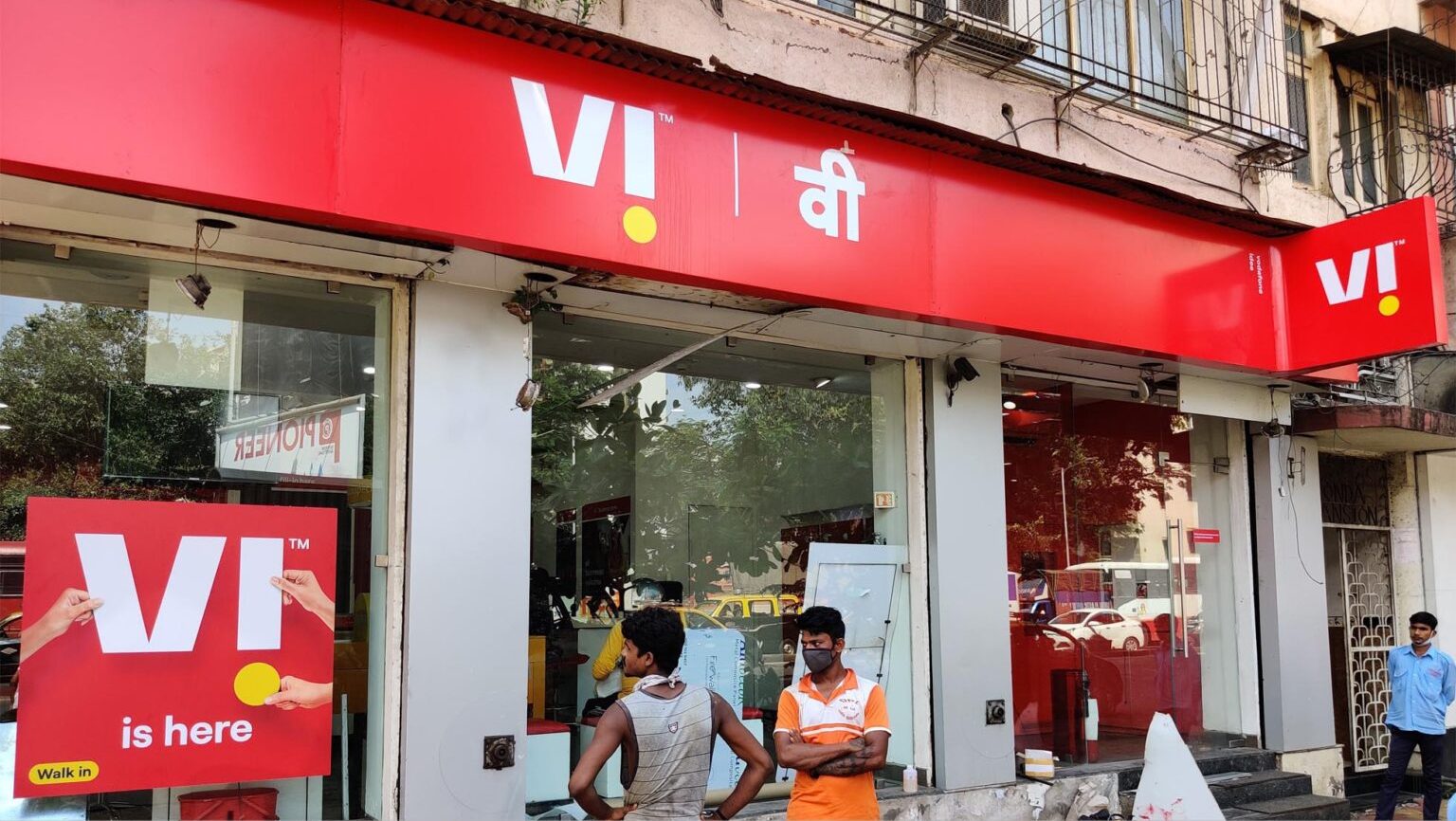
NEW DELHI: Leading telecom brand Vi, has enhanced its 4G experience in Maharashtra & Goa enabling its customers get a better network experience and faster speeds. Vi has till now deployed the highly efficient 900MHz spectrum on over 6430 sites as well as 1800 MHz band on over 16450 sites in Maharashtra & Goa, empowering 78 percent population in the two states to enjoy stronger network indoors while they work, study, socialize, access entertainment, ecommerce and other digital services.
In addition, Vi Customers in commercial/residential areas of Pune, Nagpur, Nashik, Aurangabad, Kolhapur, Solapur, Goa and other important towns are experiencing enhanced voice and data experience even indoors in high population pockets of these cities.
Rohit Tandon, Cluster Business Head- Maharashtra & Goa, Vodafone Idea, said “I would like to extend an invitation to pre-paid and post-paid mobile phone users in Maharashtra & Goa to enjoy a superior, upgraded 4G experience on the Vi network. We have undertaken multiple initiatives over the past year to widen our 4G coverage in the circle as well as strengthen indoor network coverage across cities. Vi customers can choose from a bouquet of choice plans that allow every member of the family to do more and get more on Vi’s 4G network. As we continue our endeavours toward 5G readiness, we remain committed to bring the best in technology, products and services to enable our customers get ahead in life.”
2g
India approves upgradation of 2G mobile sites to 4G at security sites in LWE areas
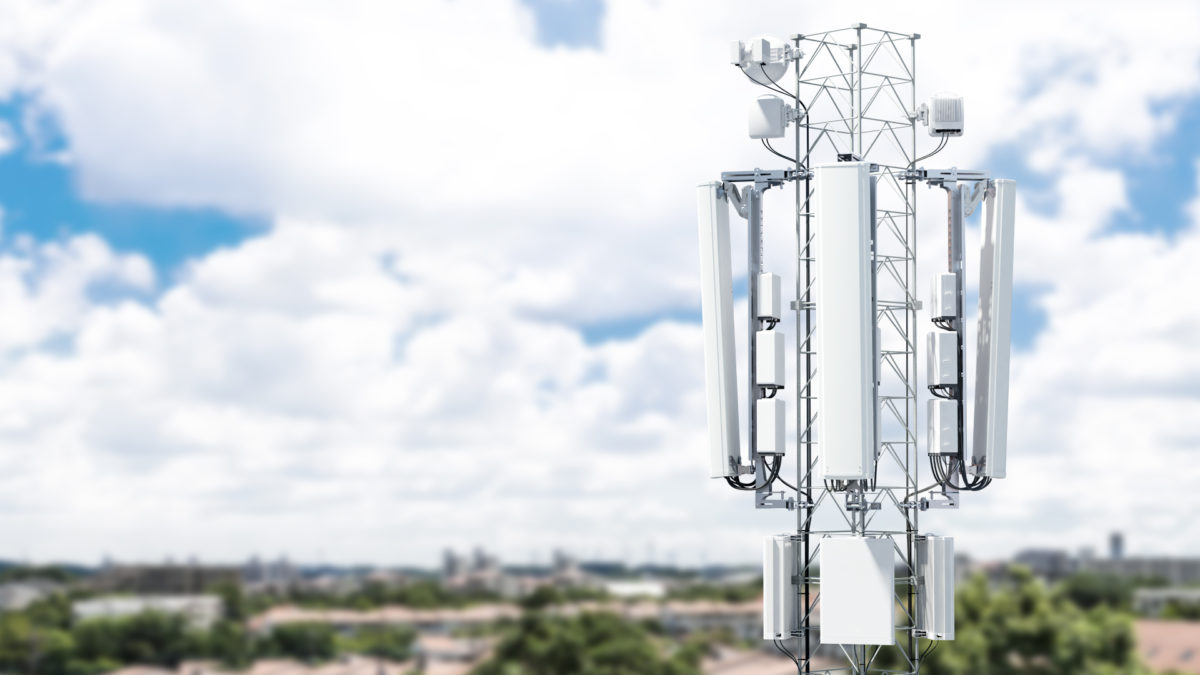
NEW DELHI: The Union Cabinet chaired by the Prime Minister Narendra Modi has approved a Universal Service Obligation Fund (USOF) project for upgrading 2G mobile services to 4G at security sites in Left Wing Extremism (LWE) areas
The Project envisages upgrading2,343 left Wing Extremism Phase-I sites from 2G to 4G mobile services at an estimated cost of Rs.1,884.59 crore (Excluding taxes and levies). This includes O&M for five years. However, BSNL will maintain the sites for another five years at its own cost. The work will be awarded to BSNL because these sites belong to BSNL.
The Cabinet also approved funding of operations and maintenance cost of LWE Phase-I 2G sites by BSNL for an extended period beyond the contractual period of five years at an estimated cost of Rs.541.80 crore. The extension will be up to 12 months from the date of approval by the Cabinet or commissioning of 4G sites, whichever is earlier.
Government chose BSNL for a prestigious project to indigenous 4G telecom equipment so as to achieve self-reliance in the telecom gear segment to fulfil domestic market needs apart from exporting to other markets. This 4G equipment will be deployed in this project also.
The upgradation will enable better internet and data services in these LSW areas. It meets the requirements of Ministry of Home Affairs and the state governments. It shall also fulfil the communication needs of the security personnel deployed in these areas. The proposal is in line with the goal of providing mobile connectivity in rural areas. In addition, delivery of various e-governance services, banking services, tele-medicine; tele-education etc. through mobile broadband shall be possible in these areas.
4g
Jio’s IAX and IEX projects to address region’s data revolution

NEW DELHI: Reliance Jio Infocomm Ltd. (Jio), India’s leading 4G and mobile broadband digital service provider, is constructing the largest international submarine cable system centered on India. Jio, in conjunction with several key global partners and world-class submarine cable supplier SubCom, is currently deploying two next generation cables to support the extraordinary growth in data demand across the region.
The India-Asia-Xpress (IAX) system connects India eastbound to Singapore and beyond, while the India-Europe-Xpress (IEX) system connects India westbound to the Middle East and Europe. The systems will seamlessly interconnect as well as connect to the world’s top interexchange points and content hubs for extension of service globally. IAX and IEX will enhance the ability for consumer and enterprise users to access content and cloud services in and out of India.
For the first time in the history of fiber optic submarine telecommunications, these systems place India at the center of the international network map, recognizing India’s increased importance, staggering growth, and the quantum shift in data use since the launch of Jio services in 2016.
These high capacity and high-speed systems will provide more than 200Tbps of capacity spanning over 16,000 kilometers. Employing open system technology and the latest wavelength switched RoADM/branching units ensures rapid upgrade deployment and the ultimate flexibility to add/drop waves across multiple locations.
“Jio is at the forefront of India’s explosive growth in digital services and data consumption. To meet the demands of Streaming Video, Remote Workforce, 5G, IoT, and beyond, Jio is taking a leadership role in the construction of the first of its kind, India-centric IAX and IEX subsea systems,” said Mathew Oommen, President, Reliance Jio.
“Implementing these critical initiatives in the shadow of a global pandemic is a challenge, but the ongoing pandemic has only accelerated the digital transformation and the necessity of high-performance global connectivity for the delivery of a richer experience to enterprises and consumers,” he added.
The IAX system connects India, the world’s fastest growing economy, to Asia Pacific markets with express connectivity from Mumbai and Chennai to Thailand, Malaysia, and Singapore. The IEX system extends India’s connectivity to Italy, landing in Savona, and additional landings in the Middle East and North Africa.
Apart from the seamless connection of the IAX and IEX sub-sea systems, the two systems are also connected to the Reliance Jio Global Fiber Network beyond Asia Pacific and Europe, connecting to both the east and west coast of the USA. IAX is expected to be ready for service mid-2023, while IEX will be ready for service in early 2024.

